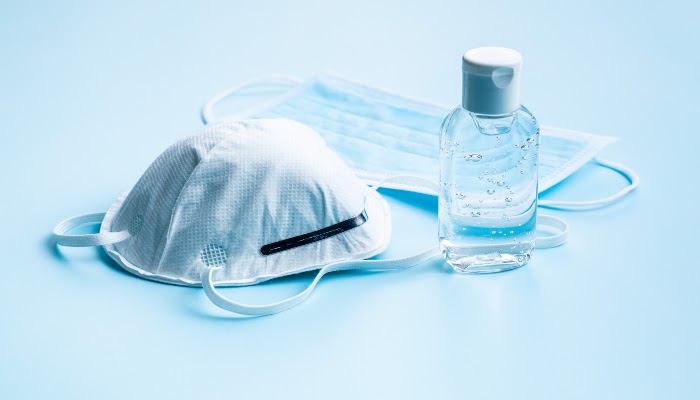As the COVID-19 continues to spread worldwide, business owners need to understand the steps they must take to prevent the spread of the virus in their facilities. To minimize health hazards and risks, here are six best practices you should follow, even after COVID-19 stops being an immediate concern:
1. Look for Resources and Instructions from Trusted Organizations
Misinformation during a global pandemic can be dangerous for your business, especially in its early stages. Seek information and instruction only from credible organizations, such as The World Health Organization (WHO) or The Centers for Disease and Control and Prevention (CDC).
2. Arrange an Audit of High-Touch Areas in Your Facility
High-touch areas in your facility/workplace can harbor trillions of bacteria and should be regularly cleaned and disinfected to encourage a healthy workplace environment. Arrange an audit that notes all surfaces in your facility that are most likely to harbor germs. Here is an excellent list to jump start your audit:
- Appliances;
- Light Switches;
- Desks;
- Chairs;
- Computers;
- Railings;
- Equipment and tools;
- Door handles;
- Toilets;
- Sinks;
- Furniture;
- Work stations, etc.
3. Regularly Clean and Disinfect High-Touch Surfaces/Areas in Your Facility
There's a difference between cleaning and disinfecting, which the Center for Disease Control and Prevention specifies. Cleaning solutions are suitable for removing dirt or grime while disinfecting solutions remove germs and bacteria. If you want to sanitize contaminated surfaces in your facility correctly, you will need to use a combination of cleaning products and sanitizing products or use a cleaning solution that performs both functions.
4. Encourage Regular Hand Washing
Proper hand washing is one of the best defenses not only against the spread of viruses, both for your personnel and your clients. Instruct your personnel to wash their hands before starting work, and put up signs and posters that show proper hand washing techniques in restrooms, kitchens, and other areas. Additionally, provide hand sanitizers that contain at least 60% alcohol.
5. Create a Cleaning Schedule that Encourages Frequent Sanitation
Businesses should rely on a solid cleaning schedule with written procedures when cleaning and sanitizing their facilities. An intense cleaning program should determine which areas and surfaces need to be cleaned, what products should be used, who is responsible for each area, and how to clean them to prevent cross-contamination.
6. Develop an Outbreak Preparedness Procedure
A COVID-19 preparedness procedure should now become an integral part of any business continuity plan, especially when its outbreak can negatively impact your personnel, clients, and operations. Your outbreak preparedness procedure should establish extra cleaning measures that should be taken during a crisis and how to identify the signs and symptoms of an outbreak. Your personnel should understand the proper use of personal protective equipment (PPE) and which sanitation products they should use in a given situation.
Takeaway
The health and safety measures during and after the current global pandemic are essential to follow throughout the year. This way, you will protect your business from a COVID-19 outbreak or the spread of any other type of virus. Sanitation procedures should be specific to your type of business and facility and easy to follow, both of which you can do with The Checker's checklists. The Checker allows you to modify a checklist in the software to suit your specific needs and even add photos and job aid to make it easier for personnel.











